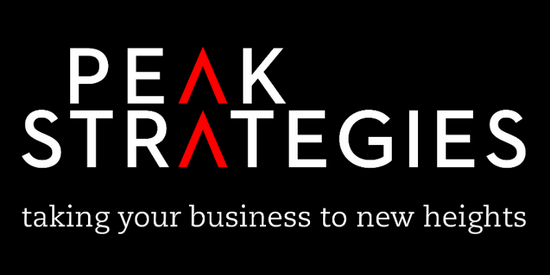Do you ever look at your business’s financial reports and think to yourself, what do all these numbers mean and what exactly should I do with the information I have? You're not alone! You got into the pharmacy business with a great idea and the expertise to help your community however to sustain and grow your business, you have had to learn about business operations. Over the years, we've had the privilege of assisting many pharmacists in this pivotal decision—becoming a pharmacy owner.
During our meetings, we delve into crucial topics such as effective structures, borrowing capacity, cash flow, tax position, and equity position. While financial statements hold the answers to these questions, the real challenge for our clients is often, "do you understand your financial statements?"
Understanding these numbers empowers you to make informed decisions, be financially literate, and sleep well at night. So, what exactly are financial statements? Think of them as report cards for your pharmacy, illustrating how money moves through the company from different perspectives. Financial statements offer an accurate and comprehensive view of your finances.
The three primary financial statements are:
1. Income Statement: Shows how well you did financially.
2. Balance Sheet: Gives a snapshot of where you stand.
3. Cash Flow Statement: Reveals your cash position.
In this blog, we'll focus on the Income Statement and the Balance Sheet.
Income Statement
Also known as the Profit and Loss (P&L) statement, it measures a company's financial performance through revenue and expenses. It indicates whether you made or lost money during the reporting period.
Importance: By regularly tracking income and expenses, you gain insights into your business's financial performance. Lenders often review P&L statements before lending money, as it clearly shows if your business is in the black.
Reading Tips:
- Start at the Top: Check if total revenue aligns with your expectations as well as comparing this to your Point of Sales reports for accuracy.
- Look at the Bottom Line: Examine net income against your goals.
- Dig Deeper: If things surprise you, investigate changes in gross profit and operating income by reviewing price, cost and financial trends. Empower yourselves to ask questions with your accountant and bookkeeper.
Balance Sheet
Also called a Statement of Financial Position, it provides a snapshot of your business's assets, liabilities, and net worth at a specific point in time.
Importance: Balance sheets are vital for identifying concerns, errors, and assessing your ability to repay debt.
Reading Tips:
- Current Assets: Can they cover your current liabilities? If yes, you're likely in good shape short-term.
- Retained Earnings: This section shows cumulative profits. Understanding it helps in tax planning and taking out owner drawings.
What's Next?
If financial statements still seem like a puzzle, reach out to our team. We're here to help you uncover and understand your equity position, making financial management a breeze.

